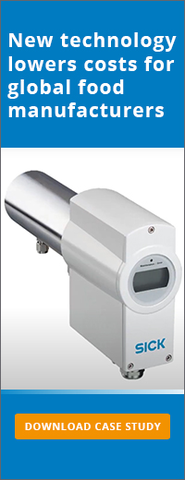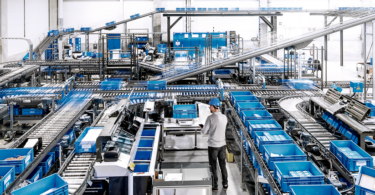Protecting the oil that food products are fried in is essential in keeping operation costs down while still providing customers with high quality products
A great deal of maintenance is required by food manufacturing companies to provide you with your favorite bag of potato chips. Food manufacturers pump inert gas, typically nitrogen, into sealed frying tanks at a continuous rate, which is a process known as gas blanketing. This process is done to protect the oil from oxygen because once it becomes oxidized, the oil becomes spoiled and will need to be thrown out. As a result, a foul taste can be transferred to the food product fried in it. Fortunately, continuous gas blanketing is not the only solution to maintaining oxygen levels in the frying tanks.
Instead of continuously pumping gas into the oil tanks, food manufacturers can use SICK’s Transic100 oxygen transmitter. It measures oxygen content in the tank and can detect when oxygen levels become high and need to be lowered using gas blanketing techniques.
This product reduces the amount of pumped gas required in the tanks, proving to be more cost efficient than the inert gas blanketing method. The transmitter itself has no moving parts and has a stable signal which means it requires very little calibration. It’s also conveniently sized, allowing for it to be placed in just about any size tank. A global food manufacturer has seen success and reduced costs with SICK’s Transic100 meaning that consumers are able to receive high quality food products while manufacturers stay on a budget.
![]() Check out this case study to learn more about how a global food manufacturing company used this method for great success. Using this technique, the company was able to reduce the amount of inert gas needed to just fractions of a percent.
Check out this case study to learn more about how a global food manufacturing company used this method for great success. Using this technique, the company was able to reduce the amount of inert gas needed to just fractions of a percent.






